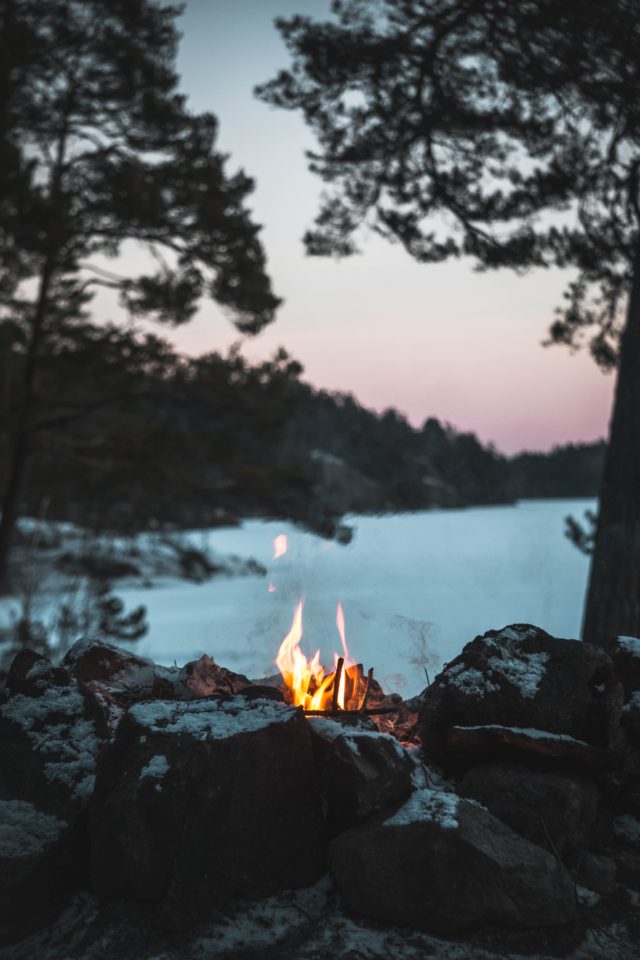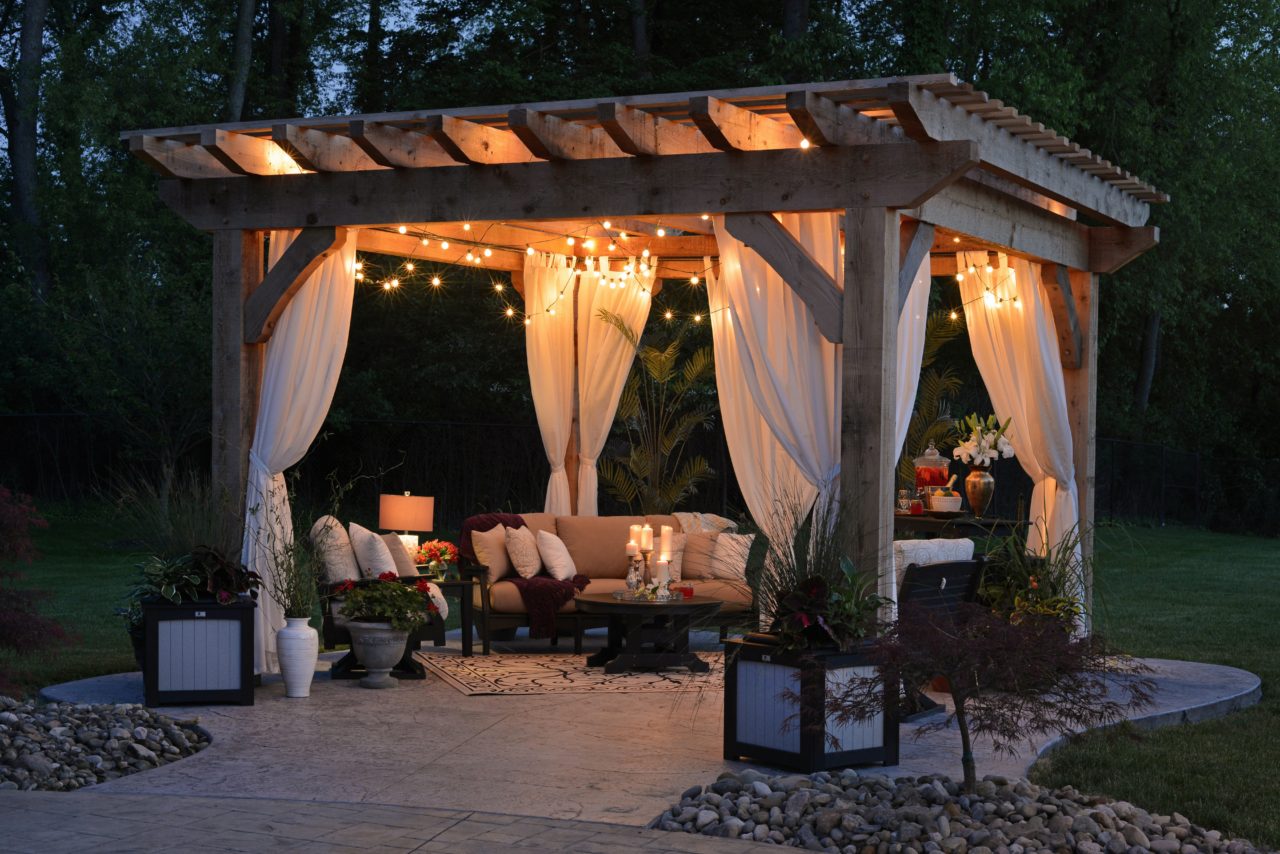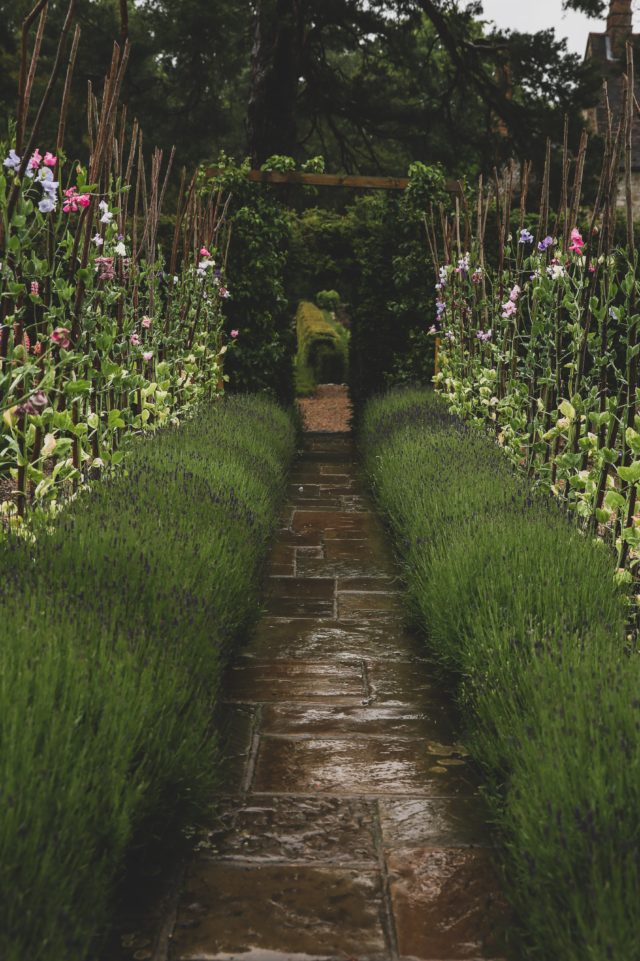So you’ve decided to create an outdoor gathering space?
Wahoo! What better way to celebrate the landscape than by spending time in your yard?
Now what?
There’s lots to consider when setting up your plein-air retreat, but don’t worry; we’ve come up with a list of things to keep in mind while planning, to help you maximize benefits and avoid potential pitfalls.
#1 WHAT WORKS: What’s special about your spot?
What about your land do you love? Which features naturally draw attention?
How does your space invite exploration, relaxation, and congregation? If you haven’t already, we recommend taking some time to immerse yourself in your outdoor environment. Watch. Listen. Smell. Sense your surroundings. If it strikes your fancy, nature journaling, sketching or bird-watching can be wonderful ways to begin developing a relationship with your land. Sipping your coffee on the patio works too. Either way, take time to get a sense of what you want to emphasize in your space.
Understanding the life of your land is fulfilling in and of itself, and it can also guide your planning process in concrete ways: perhaps you want to place a bench to enjoy a particular view, or set it in the shade of a favorite tree? And knowing that a territorial bird nests overheard could sway the odds if you’re picking between two spots for a picnic table.
#2 YOUR VISION: Why are you creating this space?
What’s your main motivation for curating this gathering place? How do you imagine it enhancing your live?
What kinds of activities will your space host? Maybe you want to entertain your gigantic extended family for outdoor dinner parties. You could be craving more sunlight during long days of working from home. Or perhaps you are dying to curate the perfect sanctuary to sip tea with a friend and de-stress!
Whatever your reason, it’s important to consider your vision before breaking ground. While spaces can be multi-functional, getting clear on your “why” will help you make essential decisions down the line, and avoid unpleasant surprises. Everything from what plants to install to whether you need WiFi access becomes clearer when you clarify your purpose. How about lavender grove with a water-feature to facilitate relaxation in that tea-sanctuary? An outdoor work-from-home space probably requires proximity to a WiFi router; for an open-air dining room that’s less important––you can always give Spotify a break and let the cicadas take over for the evening.
#3 YOUR WALLET: What can you invest in this project?
Money? Time? Sweat equity?
While splendid spaces can be cultivated on any budget, how you approach your project will be different depending on whether it’s DIY on a shoe-string or funded by a hefty savings account. If you don’t have cash to spare, transplanting and repurposing can be your best friends. (Actually, we encourage that even if you DO have extra dough––it’s great for the environment, fosters creativity, and is oh so satisfying!) Friends and neighbors are often happy to offer extra perennials that are expanding in their yards––hello, hostas!––and you might want to take a second glance at that truckload of old furniture before dropping it at the dump–who knows? You could salvage something to sit on or turn a broken bathtub into a playful planter.
If you have a larger budget, the sky’s the limit: custom built trellises, patios, fountains, outdoor kitchens… When the options feel overwhelming, having a professional on hand to guide you through the process makes it enjoyable and fun. In addition to practical knowledge about what will and won’t work in your space, a professional can offer suggestions to enhance your vision and advice about what upkeep the space will need over the long-term.
#4 THE SEASONS: How will the space shift throughout the year?
Are you planning to use the space in one season, or year-round?
 If you’re creating your gathering space in June, it’s easy to forget that the landscape will look very different in November or January. If you’re planning to take advantage of your new gathering space throughout the year, make sure you account for seasonal variations, especially in sun & wind exposure and foliage cover. If lilac bushes provide privacy in the summertime and you’d like to enjoy that same benefit in the winter, consider installing a fence behind them. If you love their fragrance in late spring but wish the blooms would last throughout the summer, consider augmenting your plants with varieties that have staggered flowering cycles.
If you’re creating your gathering space in June, it’s easy to forget that the landscape will look very different in November or January. If you’re planning to take advantage of your new gathering space throughout the year, make sure you account for seasonal variations, especially in sun & wind exposure and foliage cover. If lilac bushes provide privacy in the summertime and you’d like to enjoy that same benefit in the winter, consider installing a fence behind them. If you love their fragrance in late spring but wish the blooms would last throughout the summer, consider augmenting your plants with varieties that have staggered flowering cycles.
Heat lamps can extend the seasonal life of a patio, and for year-round outdoor fun, a fire pit goes a long way; it can host campfire sing-a-longs in the summer, ghost-story soirees in the fall, and Nordic-style shindigs in the snow.
#5 THE IMPACT: How will your space affect the environment around you?
What is the environmental impact of your project? How does your space interface with the wildlife around you?
Here at Nature Works Land Care, we cultivate spaces that work with the natural environment. We see ourselves as stewards of the land, and follow the campsite rule: leave the land better than you found it. This means considering the fragile ecosystems we are working in, choosing organic materials, and being conscious of how our landscaping interacts with the non-human life around us.
If you’d like support planning and creating your perfect outdoor space, our team of skilled professionals are here to help!




